Blogs
Practical Insights & Latest Happenings
Don’t miss out on the latest trends and info on SEO, search engines, social media, and more.
March 20, 2024
mothasim
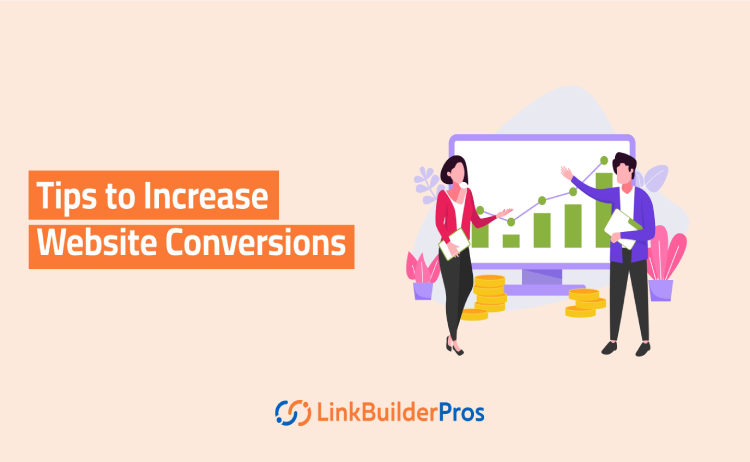
Just developing a website and optimizing it for ranking will do you no good unless a good portion of the traffic converts to customers and helps boost your sales volume.
If you’re not happy with your present conversion rate, you need to find out what’s causing this issue and what you can do about it.
Here are some tips to increase website conversions that might help you with that.
Conversion rates are not one-size-fits-all across websites. What’s considered a strong rate depends on the specific industry, the goals of the site, and the offerings. There’s no universal “good” number that applies everywhere.
That said, for most e-commerce businesses, a 2-5% range is typically viewed as an acceptable benchmark. So, if 2-5 out of every 100 visitors complete a purchase, that performance is often regarded as average or pretty decent compared to industry norms. The target can fluctuate, but that’s a reasonably healthy conversion zone for many retailers.
However, for companies offering higher-value services or those with longer sales cycles, the expectations around conversion rates are usually higher than for e-commerce. Service-based businesses like consultancies, agencies, software providers, and the like frequently aim for conversion rates above 5% since each new customer holds more revenue potential.
The nature of what you’re selling also plays a big role. For sites providing lower-cost, impulsive buys, conversion rates of just 1%-3% might be acceptable. But imagine you’re offering high-end products that require serious research from customers before pulling the trigger. In those cases, you should aim for higher conversion rates to compensate for the lower traffic quantities.
At the end of the day, there’s no “good” conversion rate. It actually depends on your specific business model, average order values, what you’re spending to acquire customers, and your overall strategic goals.
The key? Continuously monitor and optimize. Track that conversion data closely over time. See how you stack up against realistic benchmarks for your industry. And always be looking for ways to level up performance.
To calculate your website’s conversion rate, you first need to know what counts as a “conversion” for your site. This could be making a purchase, signing up for a newsletter, downloading something, etc.
Then it’s a simple calculation:
Number of Conversions / Number of Website Visits = Conversion Rate
For example, let’s say your analytics show you had 2,000 visitors last month. And during that same stretch, you recorded 100 conversions (purchases, form fills, etc). The calculation would be:
100 conversions / 2,000 visitors = 0.05
Then 0.05 x 100 = 5% conversion rate

If you have multiple conversion opportunities on your site, you can calculate the rate separately for each one using just the visits to those specific pages. Or, you can combine all your conversions and use the total website visits.
The key is being clear on what actions you want visitors to take, tracking those conversions, and comparing them to your overall traffic. Simple but an important metric!
Call-to-action (CTA) buttons are really important for guiding your visitors. It can take them the desired action on your website. When your CTAs are hard to see or not clear enough, you’ll miss out on potential conversions.
People need a clear nudge on what to do next. Having multiple, prominent CTAs on each page can reinforce the message and increase familiarity with your offer over time.
Don’t just use boring text – make your CTAs compelling by speaking directly to what your audience wants.
For example, instead of “Learn More,” try something like “Get My Free Marketing Tips” if you provide consulting services. Small design touches like making CTAs a contrasting color or adding animation when scrolling can also help them catch the user’s eye.
What’s more, always have at least one CTA button visible “above the fold” on each page so visitors immediately know the next action to take. With intentional CTA design and placement, you can vastly improve guidance through your conversion funnel.
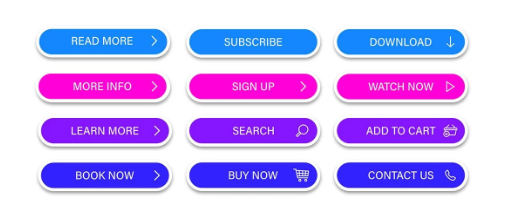
When it comes to calls-to-action (CTAs) on your landing pages, you need to eliminate anything that could distract visitors from taking your desired action. Remove unnecessary links, pop-ups, or extra navigation menus that might pull people’s attention away.
A busy, cluttered page is less likely to convert well. You only have a few precious seconds to convince visitors, so a confusing layout that’s hard to navigate will just discourage them from sticking around.
Design your landing pages in a clean, focused way that guides visitors’ eyes directly toward your main CTA button or link. Utilize principles of visual hierarchy like contrasting colors, whitespace, and directional cues to make the conversion goal obvious and easy to act on.
The simpler and more streamlined you can make the user experience, the better chance you have of driving those coveted clicks and conversions before people get distracted or discouraged. Cut out the unnecessary noise so the CTA is crystal clear.
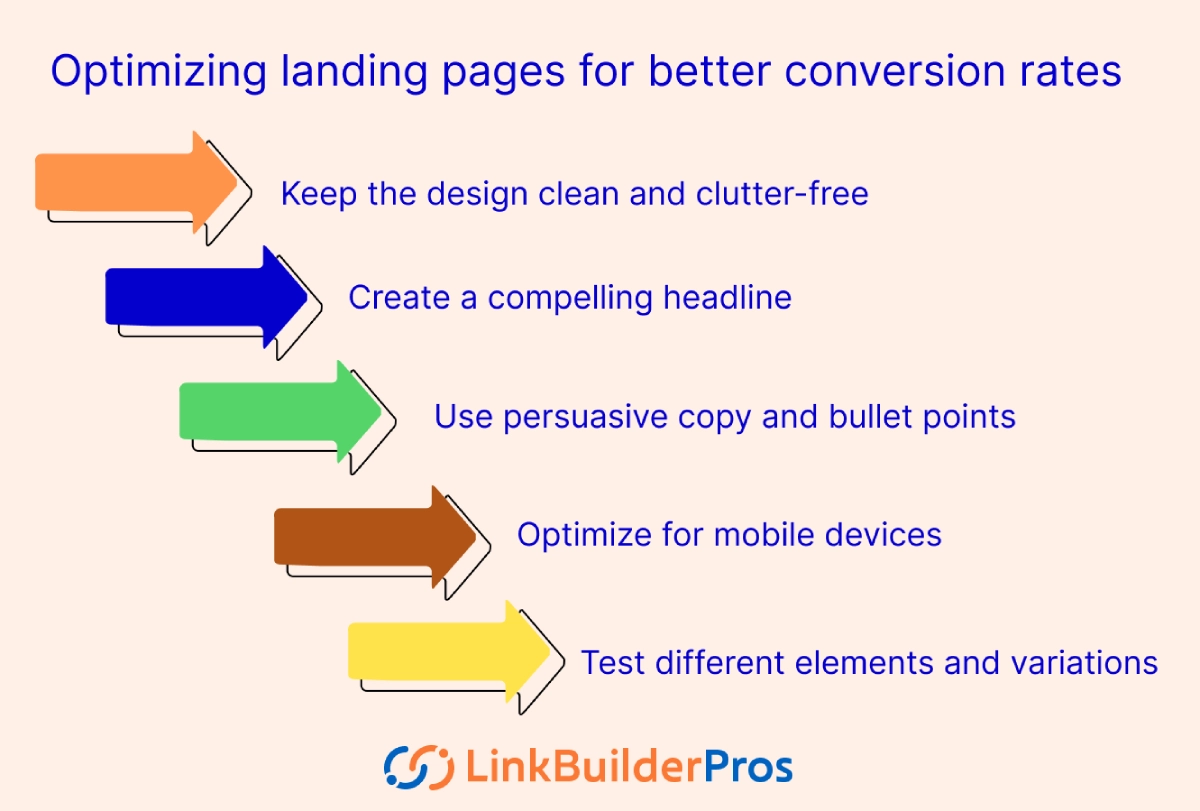
Do You know what can really move the needle on conversions? Implementing live chat on your website. Think about it – when visitors have questions or need a helping hand, providing an immediate response through live chat keeps them engaged and nudges them closer to pulling the trigger.
The stats don’t lie – studies show nearly 60% of customers are more likely to buy if their queries get answered within 60 seconds. For businesses using live chat, customer satisfaction rates jumped a whopping 34%, and customer service costs improved over 2.5x.
It makes sense, right? By promptly addressing sales questions and offering personalized, real-time support, you’re helping customers make faster purchasing decisions. That leads to higher conversion rates and bigger lifetime customer value as those once-hesitant visitors become delighted loyal fans.
Over 60% of consumers flat out say they’re more likely to become repeat customers of websites with live chat. With the ability to deliver instant responses, it outperforms those reactive channels like email or phone. Having live chat can legitimately be the difference-maker in clinching those conversions.

Want a powerful tactic for boosting conversions? Show authentic testimonials from happy customers right on your website.
These testimonials act as living, breathing social proof. When potential customers see others have already had a positive experience with your brand, they’re given that extra nudge to convert themselves. It’s just human nature.
But here’s the key – you’ve got to feature 100% real testimonials from actual customers. No stock photos or made-up BS. Get their full names, photos, occupations, social links – the whole nine yards so visitors can verify the authenticity. Presenting all those deets builds massive trust.
By highlighting your happiest fans’ stories in their own words, you’re tapping into a powerful psychological principle – social proof. Humans are heavily influenced by the actions of others. We’re way more likely to jaywalk, for example, after seeing someone else safely do it first.
Real customer testimonials provide that crucial social proof signal that could legitimately be the difference between a conversion or a bounce. Don’t sleep on them!
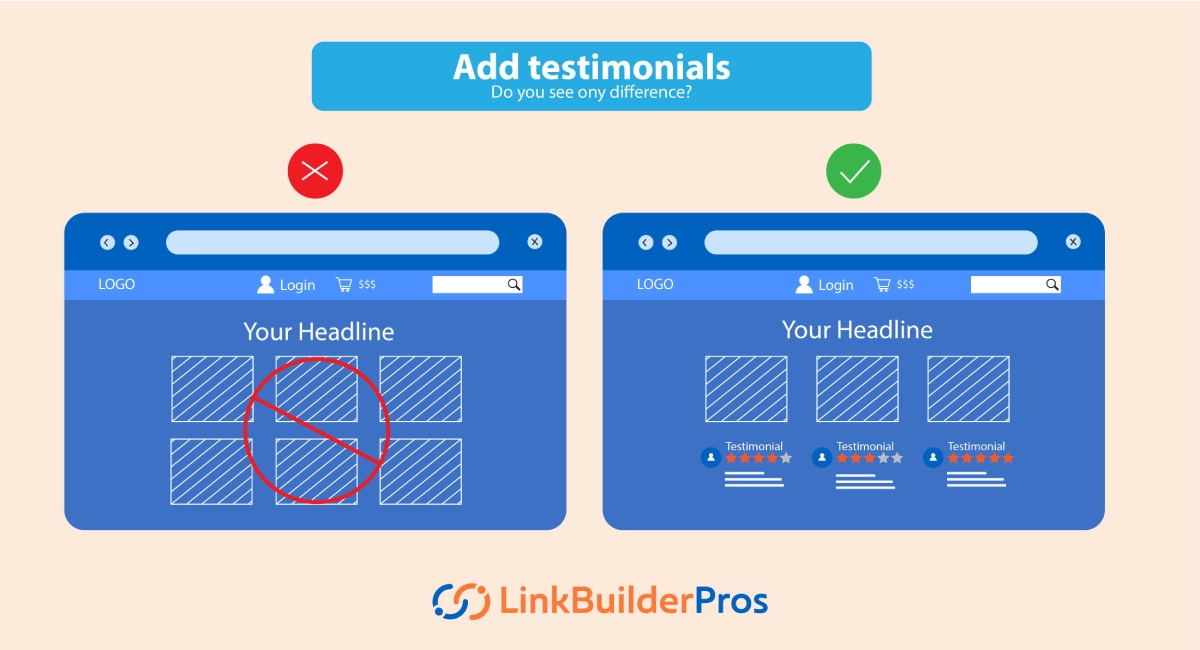
Great visuals aren’t just about aesthetic appeal, they instantly communicate important messages about your brand. An attractive, clean design conveys that you offer high-quality products or services.
Using authentic images and graphics helps reinforce an authentic, solid first impression. And intuitive navigation through purposeful use of colors, spacing, and styling ensures visitors can easily understand your offerings.
In today’s landscape of infinite online options, visuals are make-or-break for capturing interest and communicating credibility within seconds.
An investment in professional, visually appealing web design is essential for increasing conversions by portraying your business as legitimate, trustworthy, and worth purchasing from.
If your site looks unprofessional or dated, you’re losing customers before they ever read a word.

For better website conversions, you must have a clean, user-friendly navigation structure. If visitors cannot simply find what they are looking for on your website, they will instantly go.
Putting the user experience first while designing your website’s navigation. Conduct research to deeply understand how your target audience wants to navigate and consume your content or products.
Structure your navigation menus, links, categories, and search functionality in an intuitive way that matches their expectations.
Simple factors like a logical sitemap layout, using brand-consistent colors and styles, and having a clean, uncluttered menu all contribute to lower bounce rates and more conversions. An overwhelming or confusing navigation setup creates frustration and doubt about a brand’s legitimacy.
By continually improving and simplifying the pathways visitors use to explore your website, you’ll increase engagement, time on site, and ultimately, the likelihood that users will complete your desired conversion actions.
Don’t let a subpar navigation experience hinder an otherwise great website from reaching its full conversion potential.
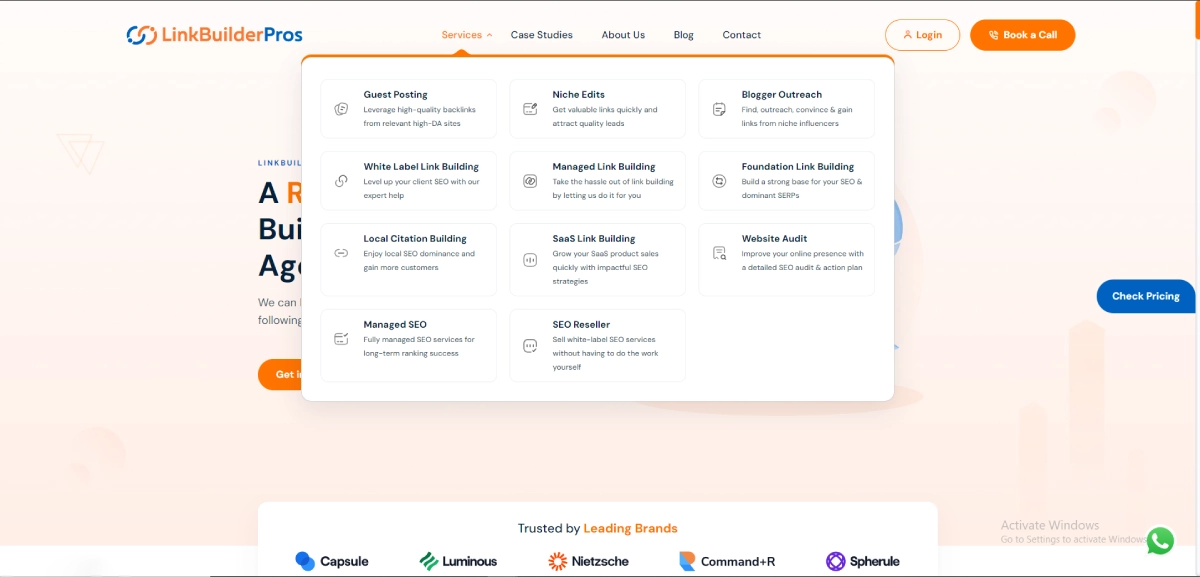
You’ve got mere seconds to capture a visitor’s attention when your homepage loads. In today’s crazy competitive landscape, consumers have endless options at their fingertips. They can find an alternative solution faster than you can imagine.
That means you’ve got to be strategic about what you present on that precious welcome page. Your opening line needs to punch ’em right in the gut with their problem, then immediately introduce your product/service as the knockout solution. You’ve to communicate why your offering is hands-down their best bet, all in as few concise sentences as humanly possible.
But that’s the key – hit them with that unique selling point, your game-changing competitive advantage, and present it in a compelling way that has visitors converting on pure instinct.
Consider using positive adjectives to describe your product on the welcome page. Emphasizing these attributes can help customers make a decision, as studies show that people evaluate options based on a few memorable pieces of information. Strategically highlight your power words without compromising the overall design. Ultimately, the goal is to communicate the value you can provide to your customers.
You want more people to buy things from your mobile site, right? Just making your normal website work on phones is not enough. You need to get creative.
One idea is to send text messages to people’s phones. Offer special deals just for mobile users. People always have their phones with them. A text message may get their attention.
Another idea is to use push notifications if you have an app. Send people notices about new products or sales when they aren’t using the app. These pop-ups on their phone’s screen may bring them back to your app.
The main thing is to treat mobile marketing differently. Don’t just shrink your big website to fit phones. Create special experiences made just for mobile users. Surprise them with new ideas.
Simple tactics like texting or push notifications feel fresh. People aren’t used to brands doing unique mobile things yet. If you try something new and creative, more people may pay attention and buy.
The key is thinking in a totally new way for mobile, not just adjusting your existing website. Get creative and watch more mobile sales happen!
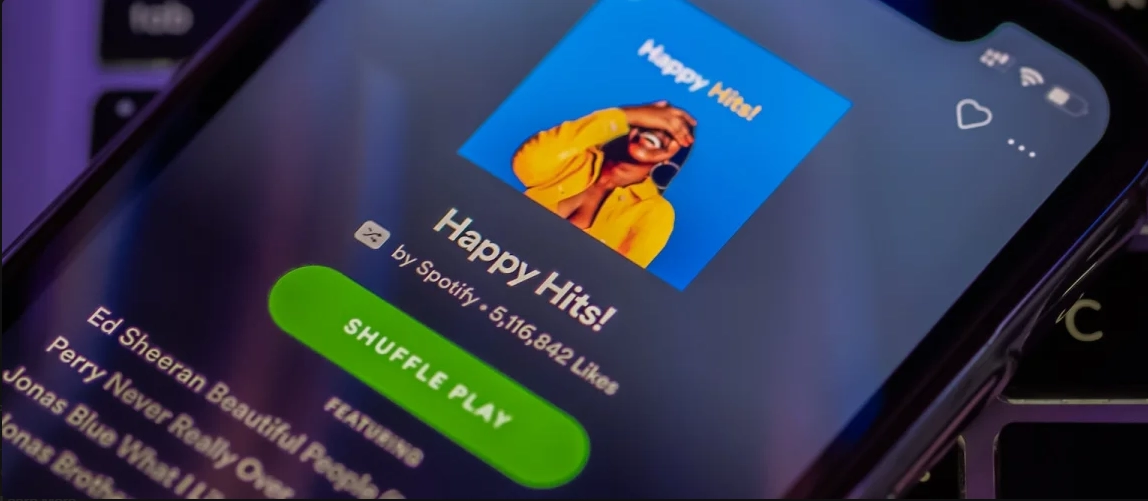
Too many special offers and pricing plans will confuse customers. If you have lots of different options, people will get overwhelmed by all the choices. There is something called “the paradox of choice.” When people have too many options, they feel worried about making the wrong choice and missing out on a better deal. You don’t want your customers to feel bad.
The key is to keep your pricing nice and simple. You don’t want people agonizing over which plan to pick. Most of the time, less really is more when it comes to pricing options.
That said, you do want to make those few pricing tiers distinct and differentiated. Make sure the premium, top-level plan is packed with the most features and extras to justify that heftier price tag. Most folks probably won’t spring for the premium, but having it there makes the mid-tier look like the sweet spot value.
Some of the lower-level plans are more for helping people find the right fit rather than expecting tons of sales from them directly. Use them to steer customers towards that best-value mainstream option.
If you can, definitely offer some free trials too. Pricing things per month rather than yearly can make it feel way more affordable and accessible (like $10/month vs $120/year). Little psychological tricks like that can work wonders!
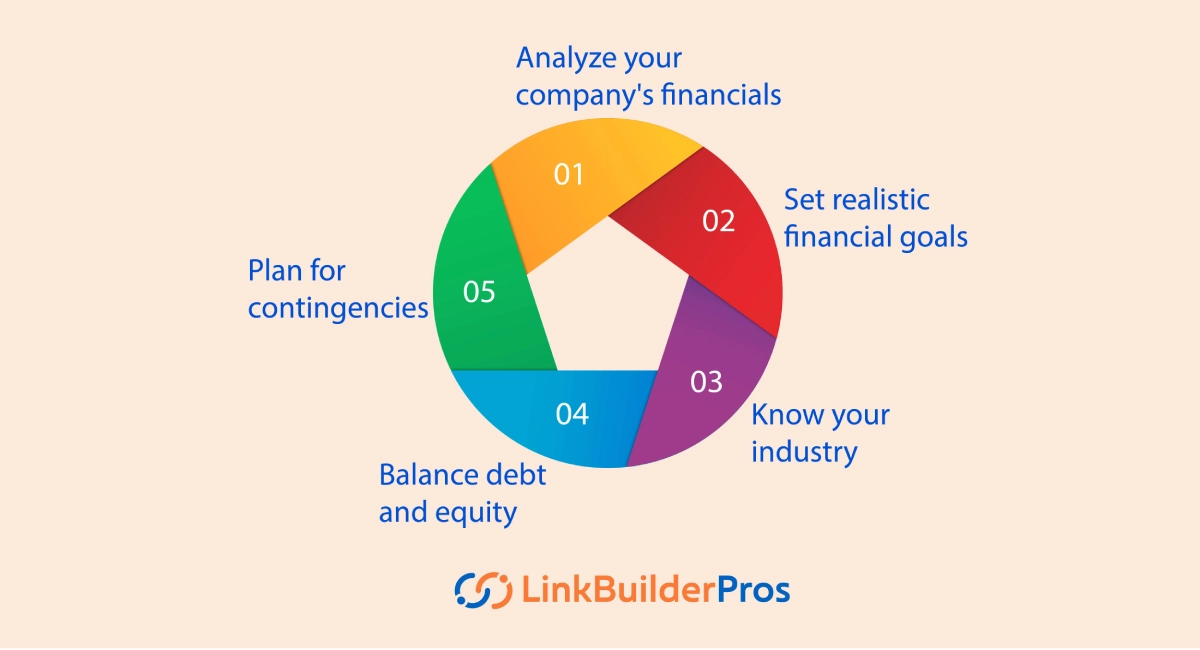
Lose the fake stock photos. Use real photos of real people using your product. This shows how it works in the real world. It builds way more trust and credibility than those fake model shots.
Think about it – when consumers can visualize themselves with the product by seeing regular folks like them using it properly, they’re way more likely to take the plunge and make a purchase. It’s like getting to try before you buy, which is huge for an online business where people can’t physically test things out ahead of time.
Whenever possible, opt for dynamic photos or even GIFs over just static shots. Having that subtle movement and action is really eye-catching and gets people’s attention in a different way. A little something extra to make your product pics pop!
At the end of the day, you want customers to easily imagine already owning and using your product in their daily lives. Using authentic imagery of real people is the best way to help make that mental connection and convince them to hit “add to cart.”
This tip is very important. Your website needs to grab attention. But more important is making people curious to learn more. They should want to keep scrolling.
People today see lots of information all the time. When they go to a website, they don’t read every word. They quickly scan and only read the most important bits.
So keep things simple on your site. Use a few words. Highlight the great benefits of your product, not just a list of features. Benefits are what will make people want to buy.
It’s not easy to remove extra words and details. But think like your customer. What would make you keep reading? What grabs your interest?
Use clear, straightforward language to show the key advantages. If you do this well, your great product will sell itself. The good parts will shine through.
Mobile users often visit websites to find contact info, location, directions, or read reviews.
For this reason, optimize your site for local marketing. Add location pages, manage online listings, and create local content.
Localizing content helps improve mobile conversion rates by performing better in local searches.
Remember, most of the tips to increase website conversions also apply to mobile conversions.
Keep content relevant for mobile users’ local needs to increase the chances they take action on your site.
There are some free tools that can give you insights to boost your conversion rates. A few great options to check out:
OptinMonster has a suite of tools for creating popups, email opt-in forms, and other lead capture methods – then lets you track how well they convert visitors into subscribers or customers. Having that data lets you continuously tweak and optimize for better conversion performance.
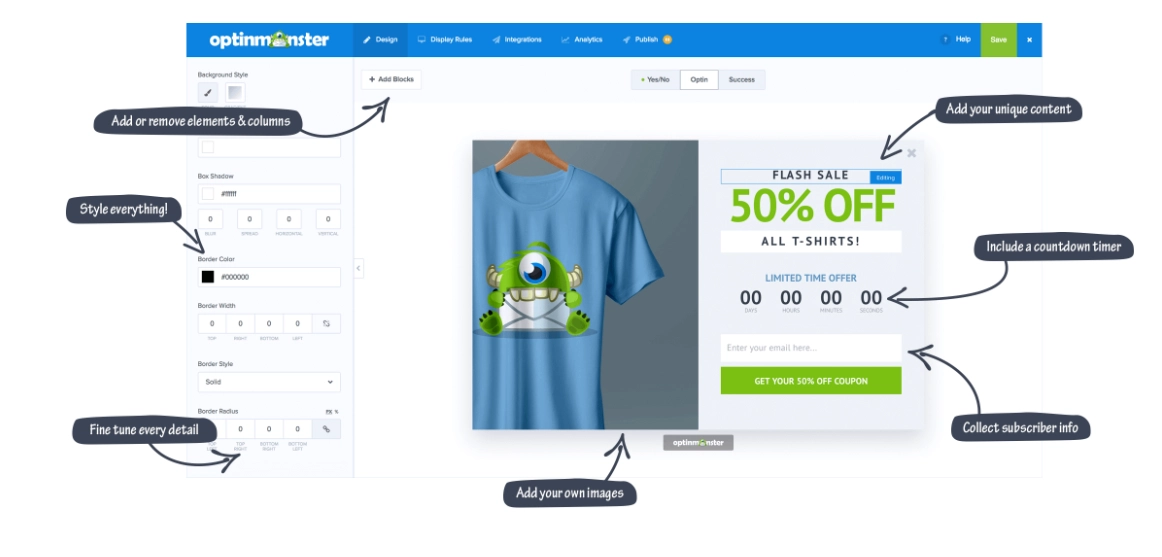
This plugin connects your site to Google’s powerful analytics platform. This gives you detailed reporting and visitor behavior data to identify friction points that may be hindering conversions.
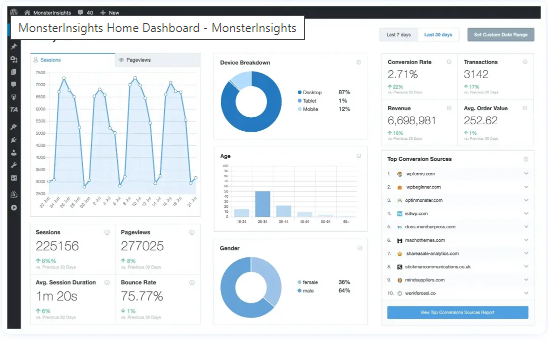
This is a free heat mapping tool that visually shows you where users are clicking, scrolling, and paying attention on your website pages. Those heat maps can reveal layout or design issues that need to be addressed to improve the conversion funnel.
Tools like these make it easier to diagnose conversion rate problems and pinpoint the right areas to focus your optimization efforts. Best of all, they’re completely free to use, so any business can start leveraging data-driven conversion rate optimization strategies without a big added cost.
To increase website conversions, focus on creating a user-friendly experience that builds trust and showcases the benefits of your product or service. Use real photos of real people using your product, keep content simple and engaging, and make it easy for visitors to understand how your offering can improve their lives.
Remember, people are more likely to buy when they can visualize themselves using your product, so make sure your website reflects that. By following these tips to increase website conversions, you’ll be on your way to growing your business.